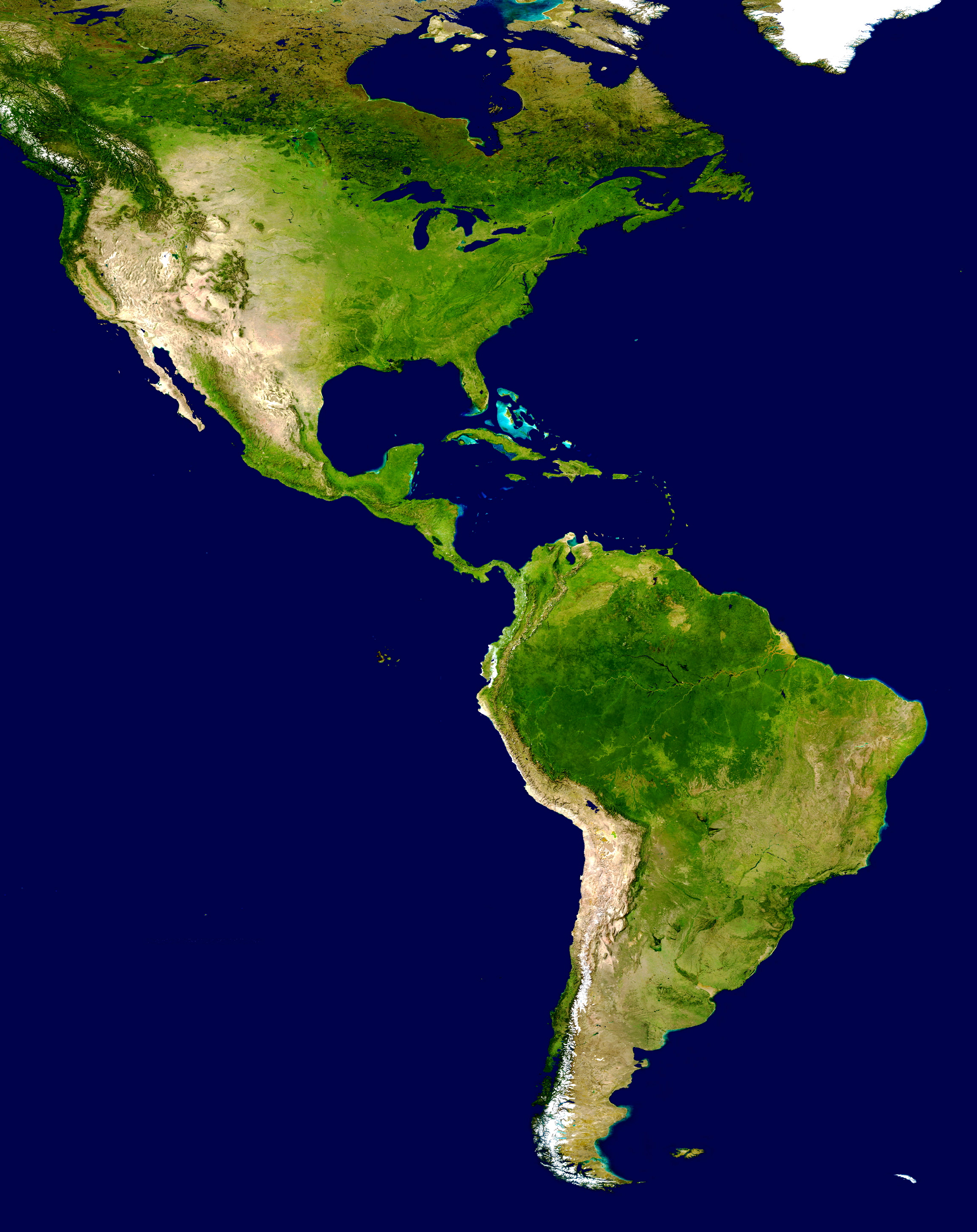
NAFTA is in the news, but it may soon be history. Now is the time for developing visions for a better, stronger, more sustainable, and kinder, regional alliance. One look from space shows not a troika of nations but a connected region. One aspect that should be added to current negotiations among Canada, Mexico, and the United States: water. The precedent of the Colorado River Compact may help address current considerations of shared water, especially transboundary aquifers? Another eau de vie, education: might scholarly and cultural exchange mingle the waters?
A new capital could signal the vision. It is timely. Recent earthquakes affecting Mexico City reopened conversation about the current capital built on a lakebed, not far from volcanoes. Should Mexico consider moving the DF? A federal district, such as Mexico’s capital or Washington, DC, is by definition its own moveable feast. If Mexico were to move the DF, could the new capital symbolize a regional vision embracing Canada, Mexico and the United States, in honor of shared resources? What architects should design the new city?

Finally, if Nafta emerges from current talks, it is time to unite nomenclature. How can there be a common vision when, at present, there are three acronyms for the same entity:
TLCAN – Tratado de libre comercia de america del norte https://www.sec-tlcan-mex.org/
ALENA – Accord de libre-échange nord américain http://laws-lois.justice.gc.ca/PDF/N-23.8.pdf
NAFTA – North American Free Trade Agreement http://www.worldtradelaw.net/fta/agreements/nafta.pdf
The new name might honor a letter from each treaty, resulting in a shared word with meaning in all three languages – TAN. Or initial the countries: cam or mac. But perhaps the alliance that really matters is bigger, representing the land as seen from space. Will these and other issues be debated at the XVII Congressional NAFTA & Border Issues Conference at the Library of Congress in Washington on 26 October 2017?
For more:
Eckstein, Gabriel. “Buried Treasure or Buried Hope? The Status of Mexico-U.S. Transboundary Aquifers under International Law.” International Community Law Review 13 (2011), Martinus Nijhoff Publishers.
McHugh, James T., editor. Toward a North American Legal System. (2012), Palgrave Macmillan.
Building the World Blog by Kathleen Lusk Brooke and Zoe G Quinn is licensed under a Creative Commons Attribution-NonCommercial-NoDerivs 3.0 Unported License






